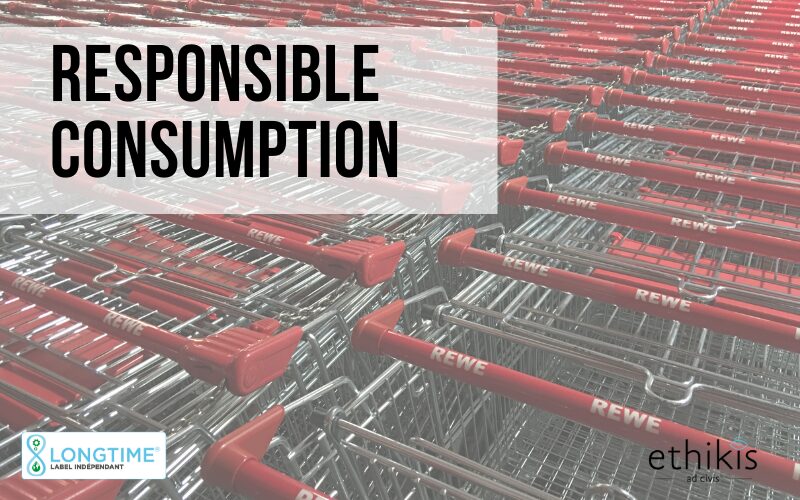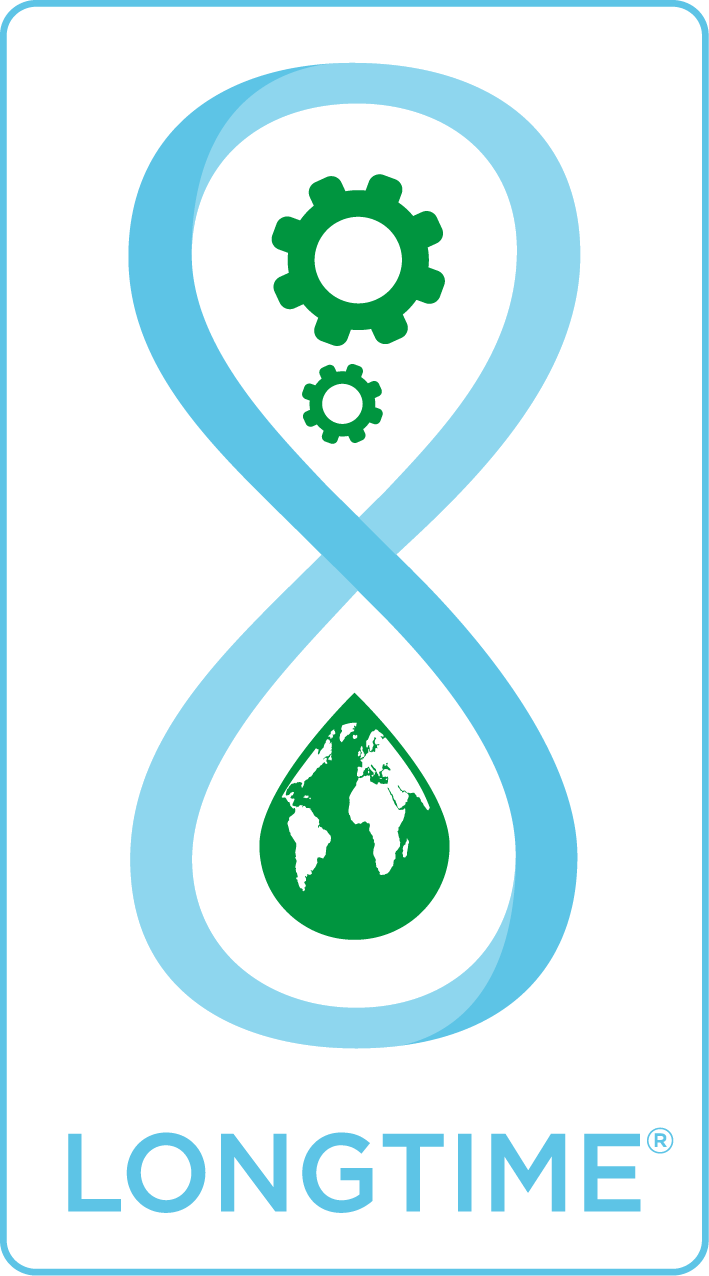
If you eat organic and ethically, why are you still buying disposable appliances?
You’re a responsible consumer, you pay attention to the impact of your food by eating organic or even local produce, and you’ve even reduced your consumption of animal proteins. Bulk and zero-waste, zero-waste strategies no longer hold any secrets for you.
When it comes to clothing, you turn to ethical production methods, and favor materials that are more respectful of the environment.
But when it comes to equipment: household appliances, DIY, high-tech, you continue to consume without necessarily paying attention to the durability of the products! Why?
Obviously, we’re being deliberately caricatured. The aim of this article is not to make people feel guilty, but rather to raise awareness among consumers – all of us – about a relatively underdeveloped aspect of responsible consumption: the sustainability of goods and equipment.
What do we mean by the sustainability of goods and equipment?
The term “sustainable” means different things in different contexts.
Durable equipment is equipment that is reliable, repairable and has a long service life.
This is not to be confused with sustainable development, which is the implementation of a consumption model that is sustainable for our ecosystems and our society.
This nuance is important, and in English it translates into the use of two distinct expressions:
- longevity product
- développement durable : sustainability
But of course, building sustainable products is an integral part of sustainable development. CQFD
Why take an interest in product lifespan as part of responsible consumption?
The environmental impact of what we eat and wear is well known to the general public. On the equipment side, however, most consumers are unaware of the environmental externalities associated with the product life cycle.
What is the product life cycle?
Each item of equipment (household appliances, high-tech, tools) is associated with a life cycle.
This life cycle corresponds to a series of successive stages that break down the product’s life phases.
Here are the simplified stages in the life cycle of a household electrical appliance, for example:
- extraction of raw materials (ore, wood, oil…)
- product manufacture (electric motor, electronic board, drain pump, etc.)
- product transport (from manufacturing and assembly plants to points of sale)
- product distribution (store, web platform)
- product use (water, electricity, detergent, fabric softener)
- product end-of-life (recycling, recovery, disposal)
Life cycle impacts
For each of these different phases, there are environmental impacts.
And they’re not weak. Phases upstream of product use systematically weigh heavily on the product’s environmental balance.
By way of example, here’s a capture of the life cycle of a television:
These impacts can also be modeled as a “technological rucksack”. This technological rucksack represents the amount of material that needs to be extracted to produce the finished product. As you’ll see from the examples below, this is no trivial matter!
So it’s important to understand that every time we buy or renew a product, there’s a significant environmental impact behind it, even for the most energy-efficient or environmentally-friendly products. Note that anything related to electronics generates a lot of impact.
What can you do to consume responsibly when it comes to equipment?
To mitigate these impacts, or at least cushion them, there are a number of reflexes to adopt.
Question your needs to consume responsibly
Are you sure you need to buy a drill to fit three shelves?
Are you sure you need to buy a hedge trimmer to cut 3 metres of hedge twice a year?
In some cases, there’s no need to buy a complex, expensive product: borrow or hire a drill over a weekend, buy shears rather than an electric hedge trimmer… These alternatives should more than cover your needs while minimizing your impact on the environment.
We also recommend
the BISOU method
which consists of asking yourself 5 questions before buying a product, and checking that your purchase is really essential. A very effective way of putting things into perspective.
Second-hand consumption
The best environmental impact is the one we don’t produce.
You don’t always have to buy new to find what you’re looking for.
For small budgets, it’s even advisable to invest a limited sum in a well-made second-hand product rather than a new entry-level product.
Take care, however, that the second-hand reflex is not a pretext for over-consumption. Just because the second-hand clothing market offers cheap jeans doesn’t mean you have to buy a dozen!
Analyze and understand for better consumption
Knowledge is power! You need to equip yourself, learn as much as you can about the product family in question. Our sustainability experts write comprehensive articles to keep you informed and help you ask all the relevant questions related to product life, such as the guides on :
- vacuum cleaners
- electric ovens
- pellet stoves
- outdoor furniture and much more
Know your constraints to choose the right product
Each product is built and adapted to specific operating conditions. It’s essential to take stock of your constraints, so as to acquire a product capable of meeting them. You don’t need a racing car to get to work, but you wouldn’t take a Twingo to a racetrack!
So pay close attention to product characteristics, power, sealing and quality, to make sure that the product works properly and is not over- or under-used.
Installing a 10-square-meter wooden deck doesn’t require the same screwdriver as refurbishing a 120-square-meter farmhouse.
To make the right choice, get the facts. Some distributors make a point of having highly qualified and trained salespeople to guide you to the right product. In the DIY sector, one of the LONGTIME® label partners, l’Entrepôt du bricolage, is strongly committed to minimizing the impact of distribution (drastic selection of products distributed, reduction of packaging, team awareness-raising, supplier charter, promotion of responsible products, etc.).
Choosing sustainable equipment for sustainable consumption
A long-lasting product is one that you don’t have to renew. A product you don’t renew means less environmental impact and more savings.
Choosing a reliable, repairable product is a win-win situation. A study carried out by the French Environment and Energy Management Agency (Ademe) puts it perfectly, and we could talk about it for hours!
So yes, quality comes at a price, but as an informed consumer you already know: less is more. What’s more, when you divide the cost price by the number of years of use, it’s often more advantageous to spend a little more on durable products.
Maintenance and repair for greater durability
Extending the lifespan of this equipment must become a reflex and even the norm. The current waste of resources due to short life spans is no longer sustainable. And if you’re not convinced ecologically, the soaring price of raw materials coupled with their increasing scarcity should quickly end up convincing us all.
Obviously, efforts must be shared, and all stakeholders must work to make repair as attractive as renewal.
To avoid repairs, we recommend that you take good care of your products. It’s a truism, you may say, but on average 50% of breakdowns are due to incorrect use and/or misuse. So take the time to read the recommendations for use and maintenance in the little manual you haven’t opened, and force yourself to carry out the necessary maintenance operations.
Choosing responsible distributors
Buying a sustainable product and consuming responsibly also means taking a close look at the choice of distributors. Not all distributors are created equal, and not all have the same level of ecological awareness and practice.
This is true in the world of food and clothing, but it’s also true in the world of equipment (household appliances, tools, sports equipment, garden centers, etc.).
Our credit card and the way we spend our money can be seen as a lever, a ballot paper to encourage or sanction certain practices.
Responsible gift-giving and indulgence
Birthdays, Christmas, Mother’s Day, Father’s Day, Grandma’s Day, Valentine’s Day, retirement… with or without a special occasion, it’s possible to treat yourself and others in a different way.
We’ve all been more or less shocked by the profusion of gifts under Christmas trees and the ensuing waste. Wastefulness encouraged by the promotion of low-price, low-quality products in stores, with no regard for the social and environmental conditions relating to the provenance of these products, which often have a very, very short lifespan.
Since 2019, a French cooperative has identified this problem and offers a solution to please in an ethical, ecological and even solidarity-based way thanks to the
Ethi’Kdo multi-brand gift card
multi-brand gift card, bringing together the best responsible offers from committed French retailers.
In a nutshell…
- Before buying, I take stock of my needs
- I prefer to buy durable, reliable and repairable products.
- I select committed distributors
- I make my products last
- I consume less but better

